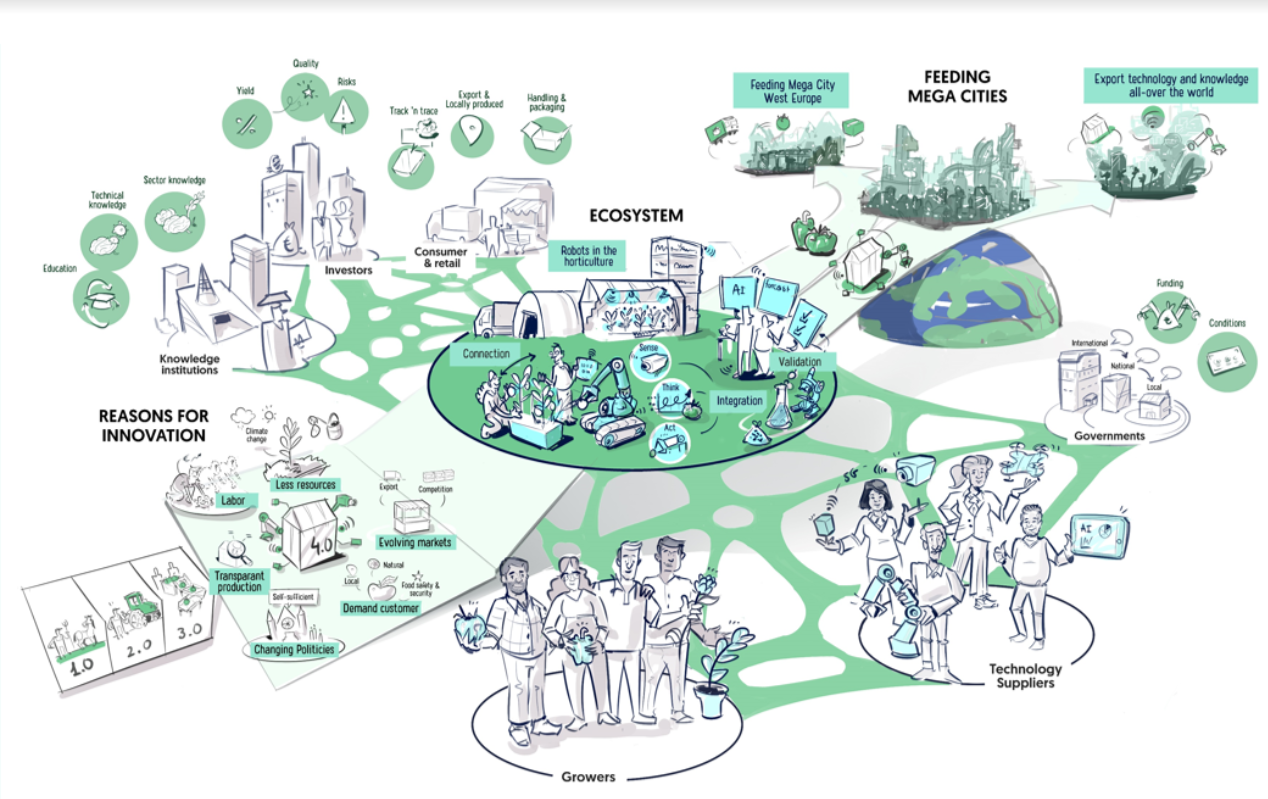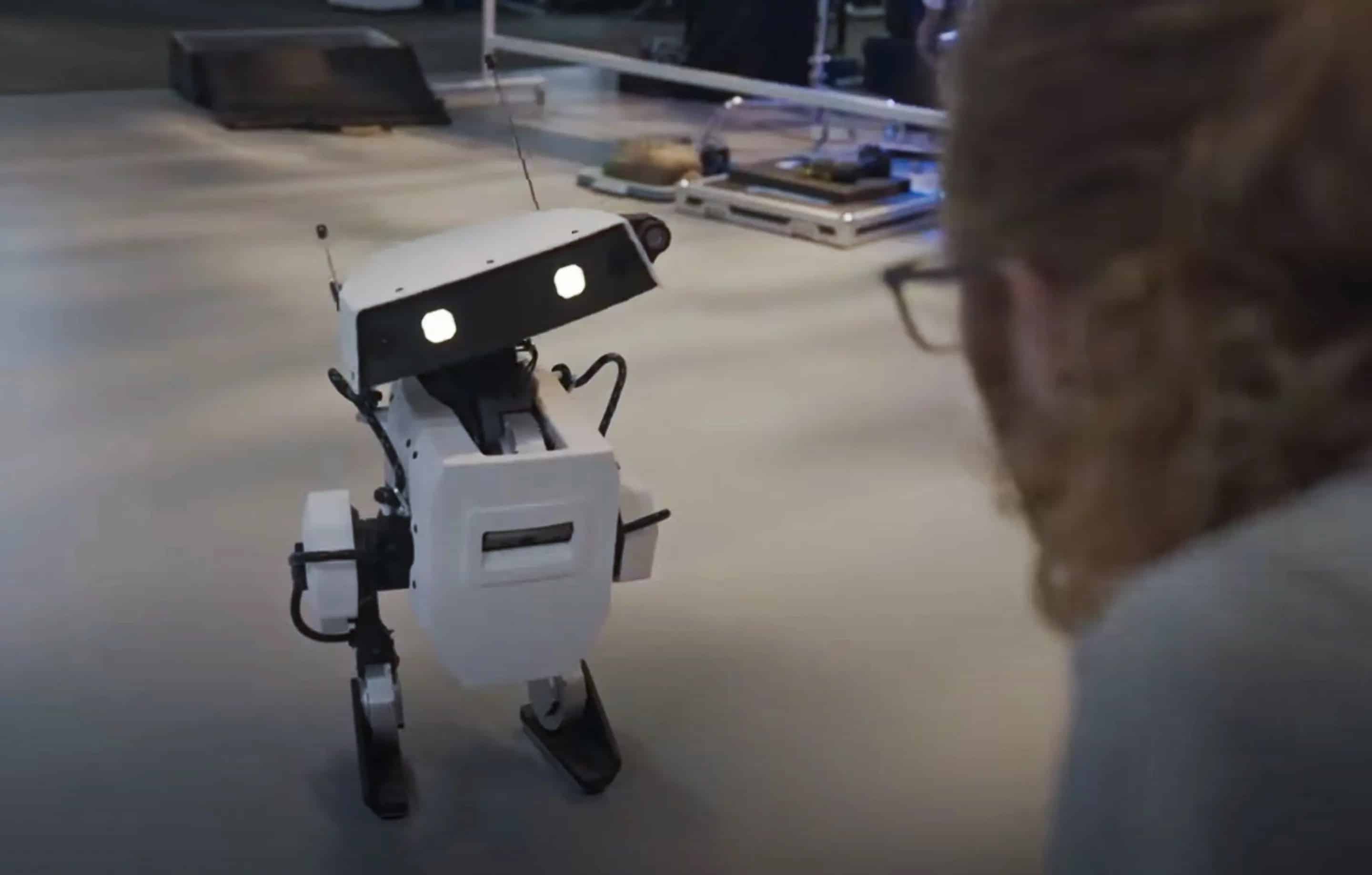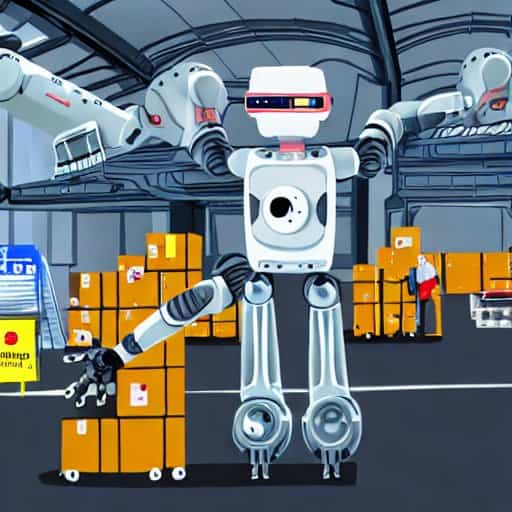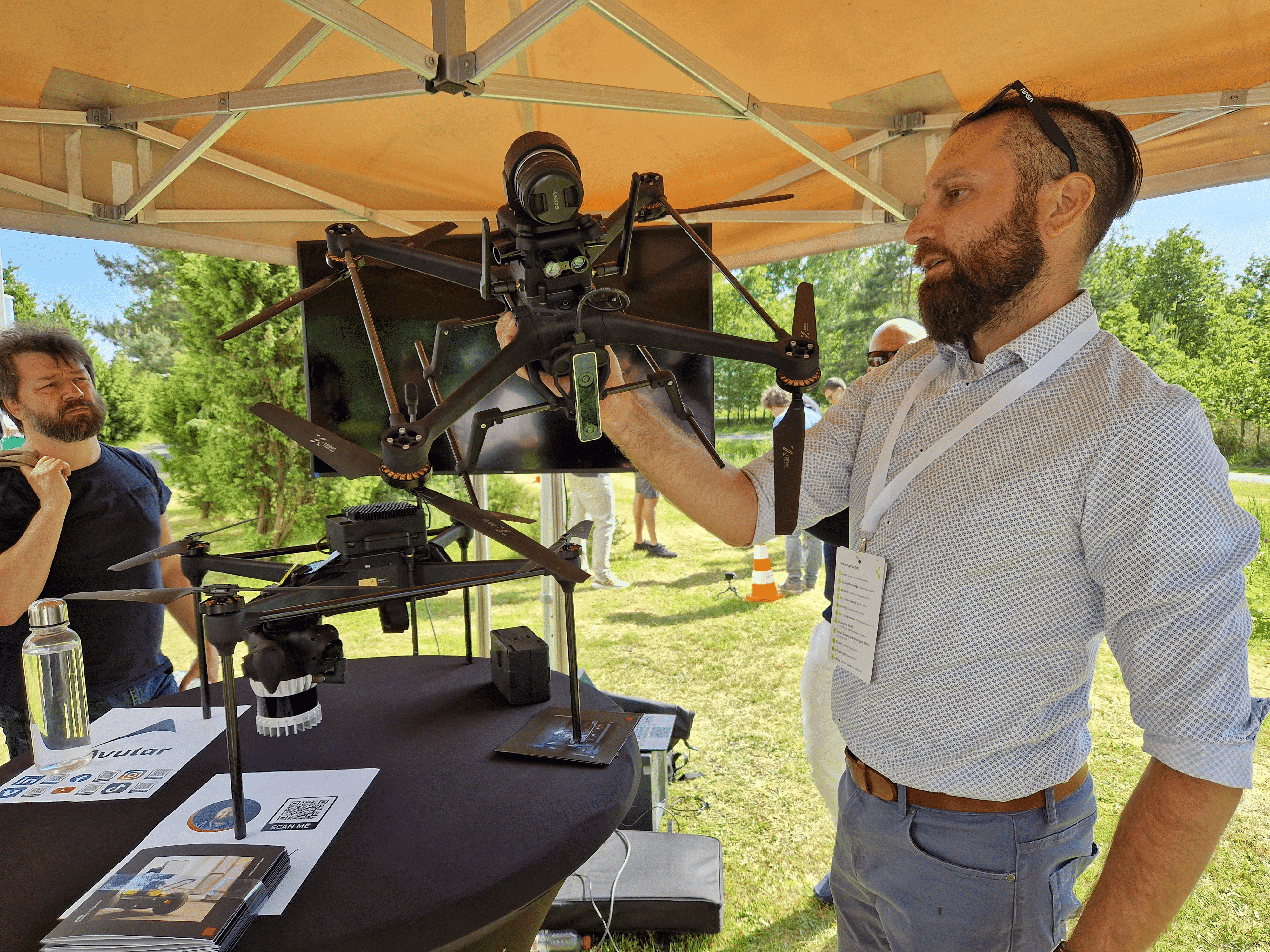
In October 2020, I wrote the following in my closing column on The Robots Are Coming:
[..] From the above, it seems that robots in horticulture are about much more than merely replacing a workforce that we currently do not have enough people for. Yes, robots will eventually take over part of this boring, repetitive work from humans. But the true value will rest with offering opportunities for new business models. For instance, data collected by robots that are already used in greenhouses for harvesting will have an important role to play in this!
The answer to the question “How is the robot revolution changing our way of life?” for horticulture will be that it offers opportunities that we cannot even imagine right now! What is clear, in the horticulture of the future people and robots (cobots) will work together more than ever [..]
So how are those robots doing now a year later? In any event, you can see them popping up everywhere these days.
The report ‘Strijd om agrarische robots barst los‘ (‘Battle for agricultural robots erupts‘), published last year by the ABNAMRO Group, provides a large number of examples. This report is largely based on the use of robots in cattle breeding, arable farming and outdoor crops. Among the frontrunners is the company Lely, which is a global leader in the development of the milking robot. Meanwhile, they have also developed robots for various other parts of dairy farming.
Apple-picking drone
We are mainly seeing systems for weeding in agriculture. H2L developed a sorting robot for tulip cultivation. Several robots are already being developed for fruit cultivation as well. A drone is used to pick apples and the company Bx recently showed a video on Linkedin of the robot ‘dog’ Spot from Boston Dynamics walking through an apple orchard with a camera and sensors.
There is also a lot going on around this subject where greenhouse horticulture is concerned. Robots are being developed for picking tomatoes, various crop operations such as leaf pruning and pollination. Work is also being done on systems that can predict tomato) harvests and that can take measurements of crops. All these data and measurements are important for the grower to be able to manage their crop in the greenhouse as effectively as possible. A good number of companies are invested in this around the world. See, for example, the “development map of greenhouse robotics”.
Yet for the grower, it is not all that clear which robot they should buy. There is not yet one that is 100 %’ready’ and can do all the work that people do. Still, it is essential that growers and tech developers start working together in order to take the final steps in developing a robot that can pick, count, detect and predict.
Building up and strengthening the ecosystem
The World Horti Center in the Dutch city of Naaldwijk is organizing an event on November 24 and 25 on the theme of robotics and autonomous cultivation in greenhouse horticulture to help ensure that tech, horticulturalists and scientists can find each other. The themes “Today” and “Tomorrow” will be used to build and strengthen the ecosystem surrounding the development of horticultural robots. This will be done by presenting inspiring stories, examples from other sectors and by organizing matchmaking sessions between the various parties.
Would you like to be there? More information coming soon at: https://robocrops.tech/
About this column
In a weekly column, alternately written by Eveline van Zeeland, Eugene Franken, Helen Kardan, Katleen Gabriels, Carina Weijma, Bernd Maier-Leppla and Colinda de Beer, Innovation Origins tries to find out what the future will look like. These columnists, occasionally supplemented by guest bloggers, are all working on solutions in their own way on the problems of our time. So tomorrow will be good. Here are all the previous articles.







